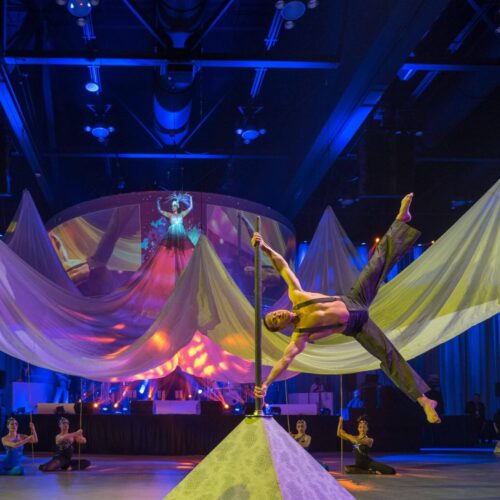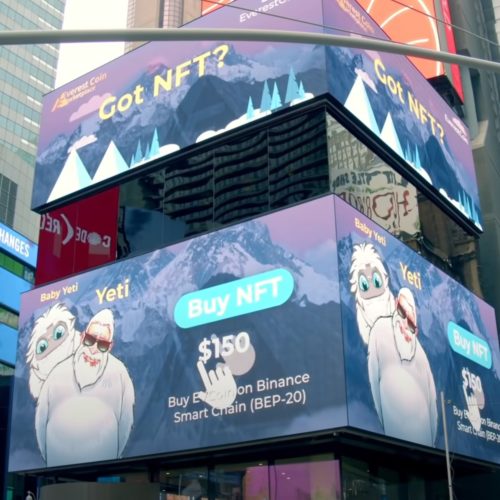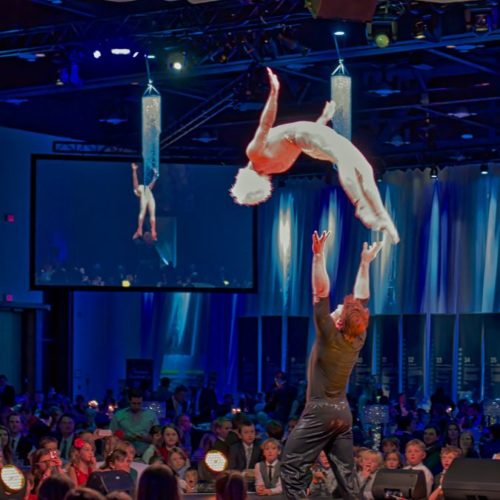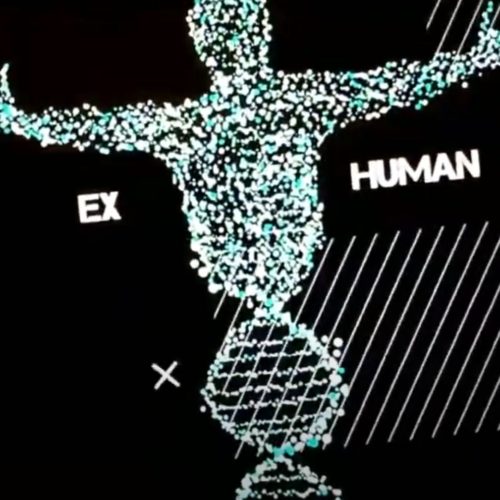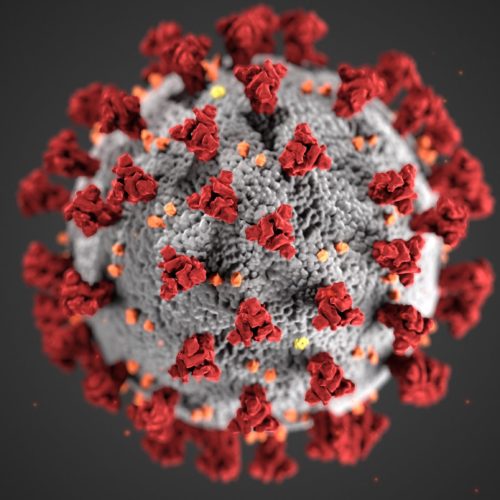Human Swarming and the future of Collective Intelligence
Louis Rosenberg / Op Ed
Posted on: July 20, 2015 / Last Modified: July 20, 2015
 It all goes back to the birds and the bees. The fish too. Even slime-molds. Really, it goes to all social creatures that amplify their collective intelligence by forming real-time synchronous systems. We have many names for these natural assemblages, including flocks, schools, shoals, blooms, colonies, herds, and swarms. Whatever we call them, one thing is clear – millions of years of evolution produced these highly coordinated behaviors because of the survival benefits they provide to a great many species. In this way, nature had demonstrated that social creatures, by functioning together in closed-loop systems, can outperform the vast majority of individual members when solving problems and making decisions, thereby boosting overall survival of their population.1,2
It all goes back to the birds and the bees. The fish too. Even slime-molds. Really, it goes to all social creatures that amplify their collective intelligence by forming real-time synchronous systems. We have many names for these natural assemblages, including flocks, schools, shoals, blooms, colonies, herds, and swarms. Whatever we call them, one thing is clear – millions of years of evolution produced these highly coordinated behaviors because of the survival benefits they provide to a great many species. In this way, nature had demonstrated that social creatures, by functioning together in closed-loop systems, can outperform the vast majority of individual members when solving problems and making decisions, thereby boosting overall survival of their population.1,2
For convenience I use the word “swarm” to refer to cohesive groupings of individual members, all working together as a unified dynamic system, their collective behavior tightly coordinated by real-time feedback loops. Unlike discordant groups (i.e. crowds), swarms behave as unique entities, operating as a coherent unit that displays emergent intelligence, even emergent personality. With that definition in mind, the big question that has propelled my explorations over the last few years is simply this: “Can humans swarm?”
Certainly humans didn’t evolve the ability to swarm, for we lack the innate connections that other species use to establish feedback-loops among individual members. Ants use chemical traces. Fish detect vibrations in the water around them. Bees use high speed gestures. Birds detect motions propagating through the flock. Whatever method is used for establishing the interstitial connectivity, the resulting swarms possess capabilities as a group that the individuals alone can’t match. For example, high speed feedback-control among flapping birds enables thousands of starlings to make precision hairpin turns in winds gusting to 40 miles per hour. It’s simply remarkable.
But what about humans? We don’t possess the natural ability to form real-time swarms, but can we design technologies that fill in the missing pieces, using artificial means to form the critical interstitial connections? And if so, will swarming allow us humans to achieve the same types of intelligence amplification that other species have attained via synchrony? If we consider the leap in intelligence between an individual ant and a full ant colony working as one, can we expect the same level of amplification as we go from single individual humans to an elevated ‘hyper-mind’ that emerges from real-time human swarming?
I founded Unanimous AI with these questions in mind. Now 18 months into platform development, I feel confident in answering a few of the basics. Yes, humans can swarm. And yes, new technology is the key. Humans can swarm only if we develop technologies that fill in missing the pieces evolution hasn’t yet provided. More specifically, swarming can occur among groups of online users by “closing the loop” around populations of networked individuals such that they behave as a real-time synchronous system. This is what we’ve been working on at Unanimous and the results are very exciting.
I should point out, I’m not talking about simple “crowd sourcing” that employs votes or polls or markets to sequentially aggregate input from large numbers of individuals. Those methods have great value when it comes to characterizing populations, but they don’t allow a population to express itself as a coherent unified entity. Polls and votes and markets reveal the average sentiments within groups, identifying central trends, but that’s not the same thing as allowing a group to think as one, the parties negotiating in real-time until the group converges on solutions that optimizes support and satisfaction.
The fact is, polls are polarizing, highlighting the differences in populations without doing anything to help groups find common ground. Swarms on the other hand, are unifying, enabling groups to find the commonality among them and converge on solutions that optimize support. Said another way, polls promote entrenchment, driving groups apart, while swarms foster collaboration, pulling groups together. And it’s the “together” aspect of swarms that enables a group to unleash its emergent, collective intelligence.
This is why I believe online tools for groups need a major overhaul, moving away asynchronous polling and voting, to synchronous real-time systems – human swarms that can attack a problem together. I know this sounds like a jump in technical complexity, and it is, but it is also a return to our roots. After all, millions of years of evolution suggest that swarms are better suited for unleashing group intelligence.
 Consider the humble Slime Mold – It’s a single celled organism that congregates by the millions to form a super-cell that behaves as a single unified entity. And although each individual cell is very simple, the unified swarm can successfully forage woodlands for rotting vegetation. In fact, slime molds have been shown by researchers at Hokkaido University in Japan to be able to navigate mazes, finding the shortest and most efficient route between two points of food.3,4 In other words, as a unified swarm these very simple cells display collective intelligence that exceeded any of the individuals. This brings us back to people. Can we see similar benefits?
Consider the humble Slime Mold – It’s a single celled organism that congregates by the millions to form a super-cell that behaves as a single unified entity. And although each individual cell is very simple, the unified swarm can successfully forage woodlands for rotting vegetation. In fact, slime molds have been shown by researchers at Hokkaido University in Japan to be able to navigate mazes, finding the shortest and most efficient route between two points of food.3,4 In other words, as a unified swarm these very simple cells display collective intelligence that exceeded any of the individuals. This brings us back to people. Can we see similar benefits?
This question was purely theoretical until last year when we started testing UNU™, our real-time platform for human swarming. As an online environment that closes the loop around networked users, UNU is the computational glue that allows people to work together in swarms that can answer questions, make decisions, generate ideas, even express opinions. And thus far, the results have been fascinating, suggesting that enhanced intelligence through human swarming is a very real possibility.
When using the UNU platform, swarms of online users can answer questions and make decisions by collaboratively moving a graphical puck to select from a set of possible answers. The puck is generated by a central server and modeled as a real-world physical system with a defined mass, damping and friction. Each participant in the swarm connects to the server and is provided a controllable graphical magnet that allows the user to freely apply force vectors on the puck in real time (Fig. 1). The puck moves in response to swarm’s influence, not based on the input of any individual participant, but based on a dynamic feedback loop that is closed around all swarm members. In this way, real-time synchronous control is enabled across a swarm of distributed networked users.
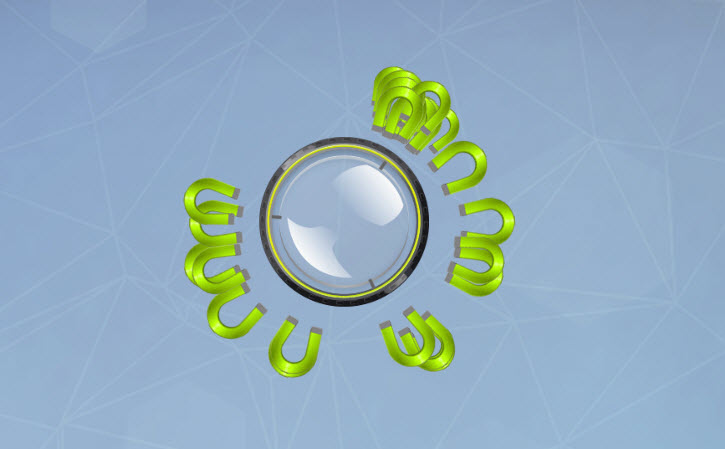
Figure 1: a human swarm collaborates in synchrony
Through the collaborative control of the graphical puck, a real-time physical negotiation emerges among the networked members. This occurs because all of the participating users are able to push and pull on the puck at the same time, collectively exploring the decision-space and converging upon the most agreeable answers. But do the answers have value?
To test the value of human swarms, researchers at Unanimous A.I. enlisted groups of novice users and asked them perform a number verifiable intellectual tasks. For example, these groups were asked to make predictions about the winners of the NFL playoffs, the Golden Globes, the Super Bowl, the 2015 Oscars, the Stanley Cup, the NBA finals, and most recently the Women’s World Cup. In all cases, the predictions made by swarms were more accurate than the predictions made by the individuals who comprised the swarms. In fact, the swarms consistently performed better than even the most skilled individuals in each group. The swarm also exceeded the tally of “votes” given by the groups, trumping the traditional methods of characterizing populations. In short, initial testing suggests that human swarms do more than reveal the “wisdom of the crowd” – they can unlock the collective intelligence of populations.
For example, when predicting the 2015 Academy Awards, we asked 48 individuals to predict the top 15 award categories. Using the most popular predictions to represent “the wisdom of the crowd”, the group collectively achieved 6 correct predictions for the top 15 award categories (40% success). This was our baseline dataset, the low success rate reflecting the fact that this group of users had no special knowledge about movies. To test swarming, we then selected a sub-group of the full population and asked them to make the same predictions, but now as a unified swarm. The sub-group were typical performers on the written poll, ensuring equity. Never-the-less, when working as a unified swarm, the group achieved 11 correct predictions for the top 15 award categories (73% success). We believe this is a very promising result and speaks to the potential for harnessing the wisdom of social groups through real-time swarming.
Below is video that shows a Social Swarm in action. It’s comprised of 52 people, networked together from around the world, working together as a synchronous dynamic system. They were asked a question that’s on many people’s minds in the US these days, “Who will be the Republican nominee for president?” What’s interesting about political questions like this is that often inspires conflict and indecision, and yet when working as a swarm, these 52 people came up with a solid prediction in only 22 seconds.
Just like biological swarms, these artificial swarms have the capacity to outperform the individuals who comprise it. And that makes good sense, for the benefits of swarming are as natural as, well… the birds and bees. Even more exciting is that swarm intelligence offers humanity a way to build enhanced intelligences without replacing ourselves with bits and bytes. In fact, I view human swarming as a safer form of A.I., for it uses technology to produce emergent intelligence, but does so while keeping people in the loop, ensuring that human sensibilities and moralities are integral to its thought processes.
In fact, I see human swarming as the first “human-in the loop” approach to A.I., for it combines the benefits of computational infrastructure and software efficiencies, with the unique values that humans bring to the table in terms of creativity, empathy, morality, and justice. And because a swarm-based emergent intelligence is rooted in human input, the resulting intelligence, no matter how smart, is highly likely to be aligned with humanity not just in values and morals, but goals and objectives. We can’t say that about a pure A.I., which could easily have goals and objectives that are not aligned at all with our own. And because we can’t prevent researchers from creating pure A.I. technologies that may rival humanity, it’s my hope that human swarming will offer us a way to stay one step ahead of the machines. After all, we have billions of brains, and with tools like UNU to connect us in swarms, we may one day be able to boost our intellectual abilities as a society.
Of course, we must ask another question – will people want to swarm? After all, just because swarming provides intellectual benefits, that doesn’t mean that large numbers of people will want to collaborate in swarms to answer questions and make decisions. It was with this uncertainty in mind that we interviewed a great many users to capture their subjective feedback after engaging in real-time swarming experiences.
It turns out, most people who try swarming agree – swarms are fun. In a study performed recently at California State University with college seniors, 60% rated the experience of swarming as “very fun” on a subjective scale, with no users expressing negative feelings. Of course, we have to ask ourselves a fundamental question – why? What is it about working together in swarms that triggers the feeling of “fun” in users?
Again, it all goes back to evolution – at least, that’s my best guess. When users come together in swarms, they’re engaging in a synchronous activity that makes them feel connected to others in real-time. They become part of something larger than themselves. This affinity for synchrony has deep roots in human development and has been cited as the reason people are inherently drawn to music and dance, as well as team sports. A recent study at UCLA showed even just having groups march together in rhythm gives participants a greater sense of cohesion, group confidence, and enhanced capacity for coordination. This isn’t surprising. Many studies have shown that coordinated activities enhance cooperation and allegiance within groups.5,6,7,8,9
Synchrony gives people an emotional and physiological rush whether they’re jamming in a band or executing a double-play. Similar effects are seen across the animal kingdom, especially in social animals like primates and whales, which use synchronous group behavior as shows of strength, solidarity, and cohesion.10,11,12 And now, with swarming platforms like UNU, the benefits of real-time synchrony are brought into online social environments, connecting people all over the world for collaborative experiences that are naturally satisfying, unifying, and fun.
So if swarming is both productive and fun, users will flock to systems that enable it. Human swarming will transition from an intellectual curiosity to a powerful tool that unleashes group intelligence in a wide variety of fields, applications, and settings.
Fortunately, the swarms are growing quickly. Just last week, the largest real-time swarm was formed by 88 eager users, all working in unison to answer dozens of questions. Below is a replay of that swarm, predicting box office results with speed and accuracy.
LINK TO REPLAY: http://www.unumsays.com/unum_replay/1623
Overall, I am more excited than ever about the promise of human swarming. I see tools like UNU bringing people together in fun new ways, while in the process boosting human intelligence to new levels. Looking to the future, I see swarming as offering great value on many fronts, from enabling truly social forms of social media where content is not just shared by groups but created by groups working together as an emergent intelligence, to providing humanity a more human-friendly alternative to traditional A.I, for swarming builds new intelligences while keeping humans in the loop. It all goes back to the old saying, many minds are better than one. I believe this is true, especially if by pooling our intellectual resources, we humans can stay one step ahead of pure A.I. alternatives.
SOURCES:
1. Deneubourg, J.L., Goss, S.Collective Patterns and Decision Making. Ethology, Ecology, & Evolution 1: 295-311, 1989
2. Axelrod R, Hamilton WD (1981) The evolution of cooperation. Science 211:1390–1396.
3. http://www.scientificamerican.com/article/brainless-slime-molds/
4. http://www.itsokaytobesmart.com/post/37228609143/beyond-their-pretty-remarkable-ability-to-think
5. McNeill WH. Keeping together in time: Dance and drill in human history. Harvard University Press; 1995.
6. Hagen EH, Bryant GA. Music and dance as a coalition signaling system. Human Nature, 14, 21-41. 2003.
7. Marsh KL, Richardson MJ, Schmidt RC. Social connection through joint action and interpersonal coordination. Topics Cog Sci. 1, 320-339. 2009
8. Wiltermuth SS, Heath C. 2009. Synchrony and cooperation. Psychol. Sci. 20, 1-5.
9. Reddish P, Bulbulia J, Fischer R. 2013. Does synchrony promote general pro-sociality? Relig, Brain & Behav. 4, 3-19.
10. Cusick JA, Herzing DL. 2014. The dynamics of aggression: How individual and group factors affect the long-term interspecific aggression between two sympatric species of dolphin. Ethology. 120 287-303.
11. Senigalia V, de Stephanis R, Verborgh P, Lusseau D. 2012. The role of syhconized swimming as affiliative and anti-predatory behavior in long-finned pilot whales. Behav. Processes. 91, 8-14.
12. Fedurek P, Machanda ZP, Schel AM, Slocombe KE. 2013. Pan hoot chorusing and social bonds in male chimpanzees. Anim. Behav. 86, 129-196.
About the Author:
 Louis Rosenberg, PhD did his doctoral work at Stanford University in robotics, virtual reality, and human-computer interaction. A pioneer in the field of Augmented Reality, he developed the Virtual Fixtures system for the U.S. Air Force in the early 1990s. He then founded of the VR company Immersion Corp (Nasdaq: IMMR). Currently, Rosenberg is founder of Unanimous A.I. where he pursues his work on human swarming.
Louis Rosenberg, PhD did his doctoral work at Stanford University in robotics, virtual reality, and human-computer interaction. A pioneer in the field of Augmented Reality, he developed the Virtual Fixtures system for the U.S. Air Force in the early 1990s. He then founded of the VR company Immersion Corp (Nasdaq: IMMR). Currently, Rosenberg is founder of Unanimous A.I. where he pursues his work on human swarming.
NOTE:
To become a beta-user of the UNUM platform for human swarming go to: http://unanimousai.com/unum/

